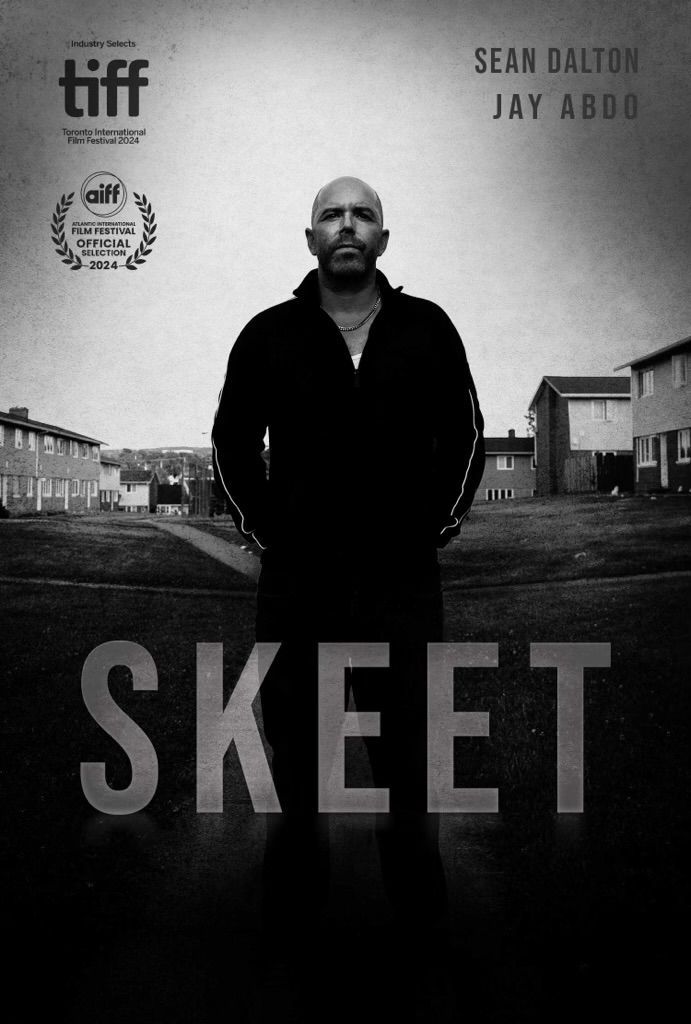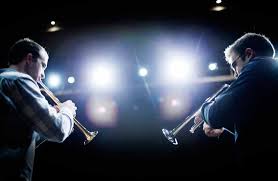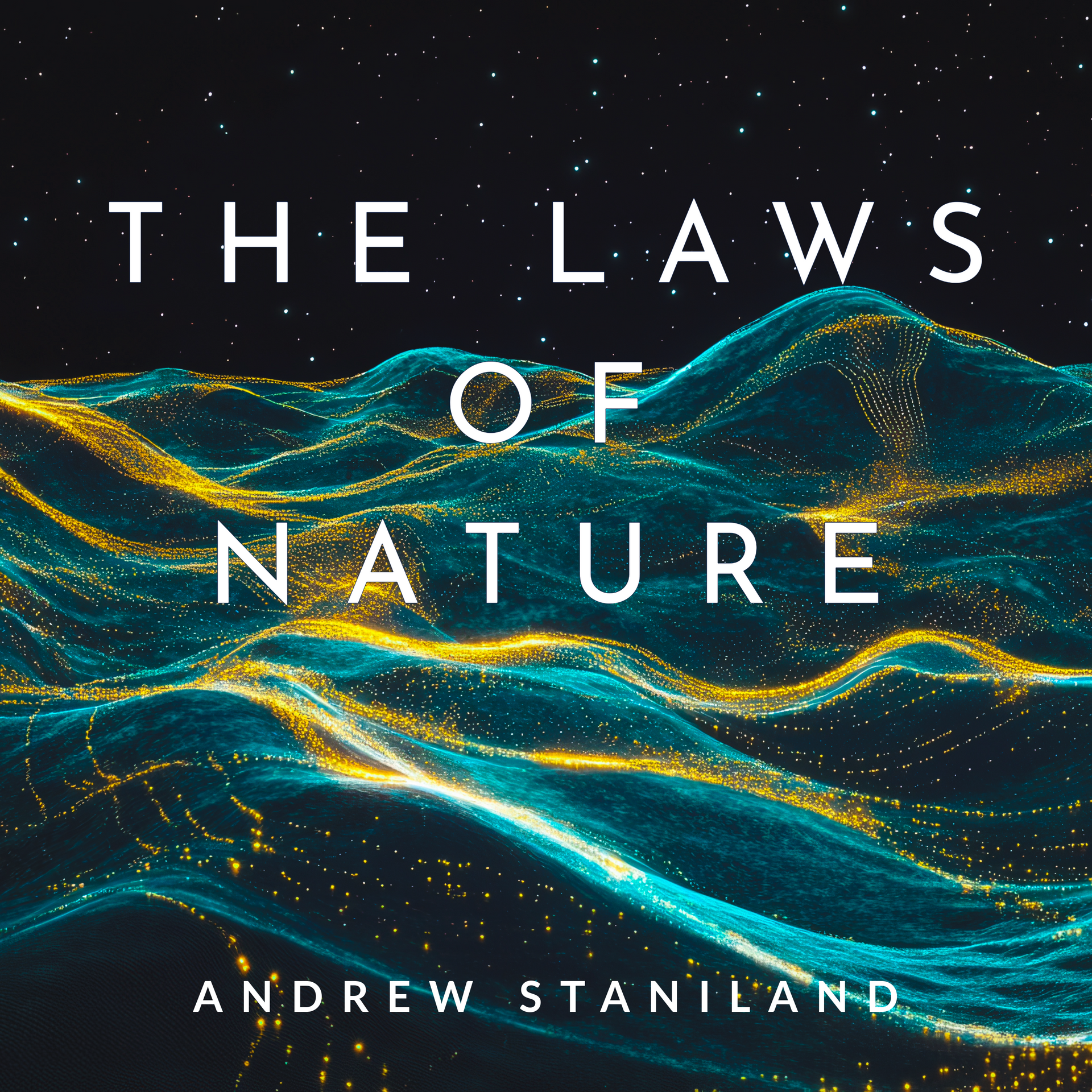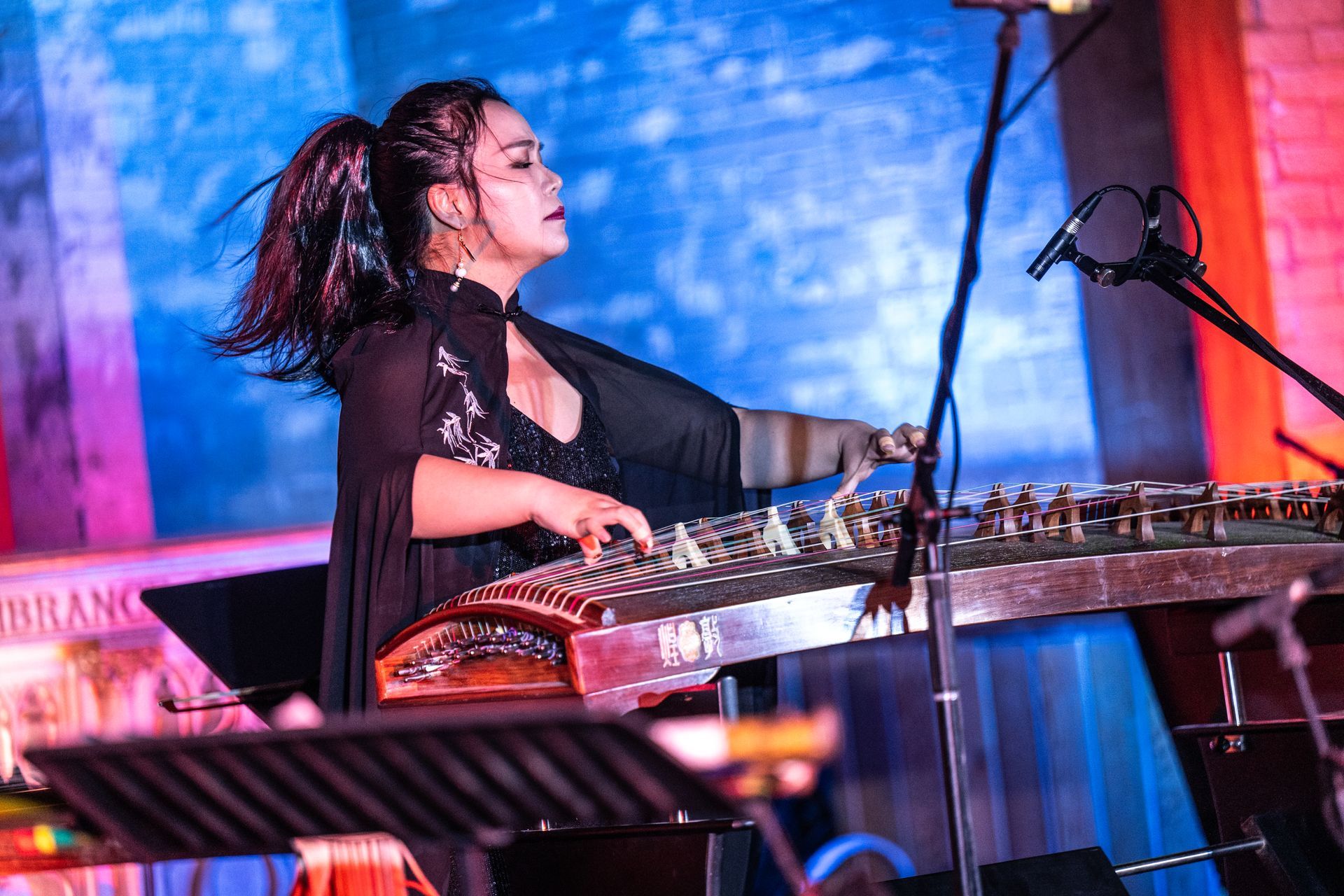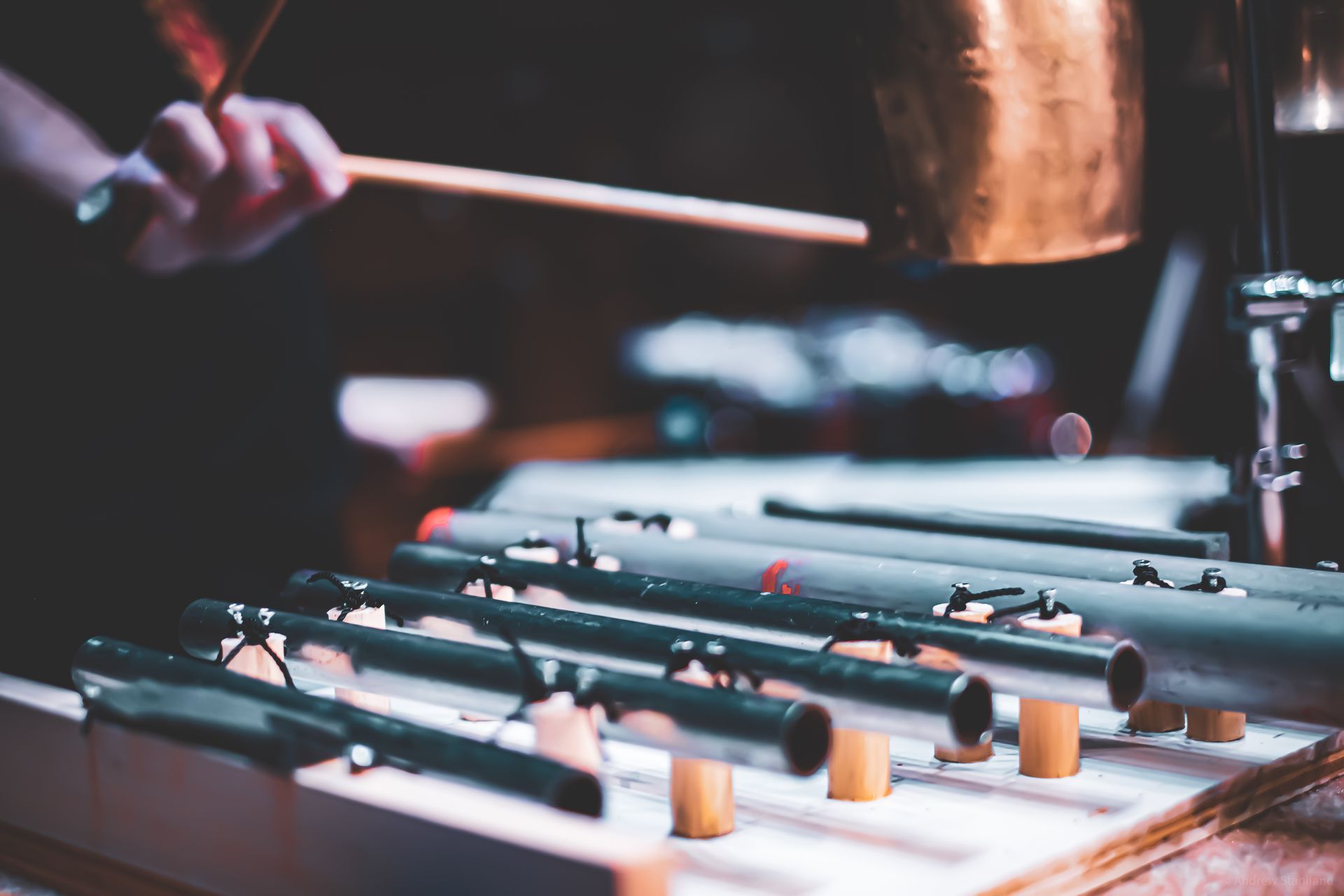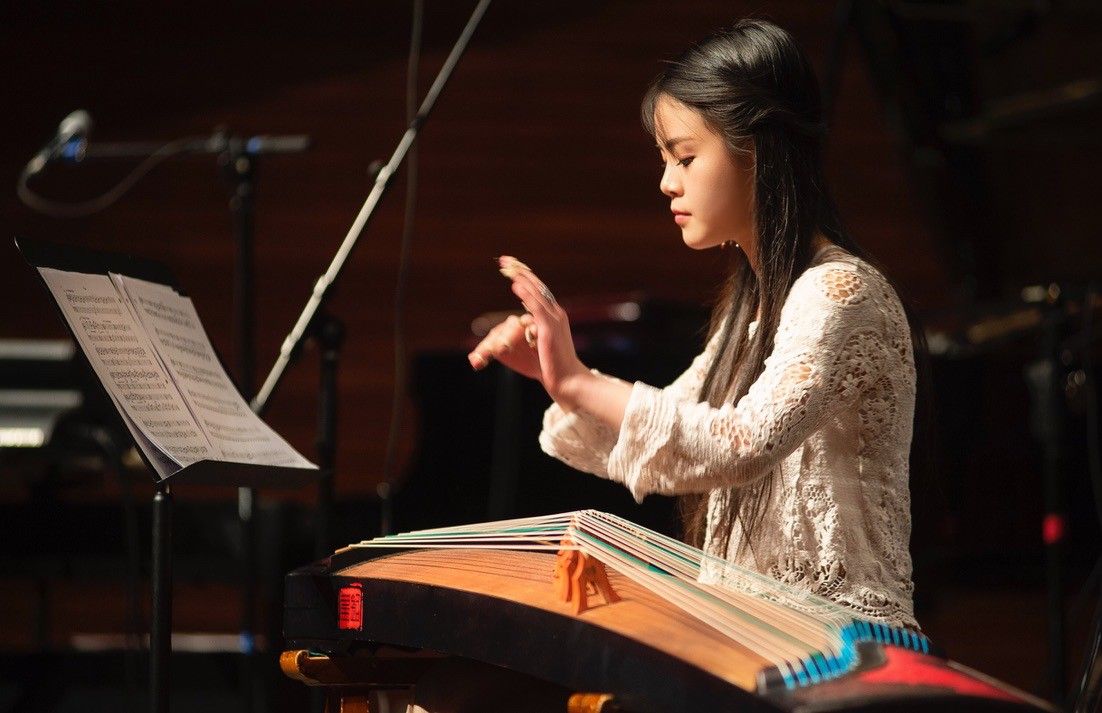Mythos - suite for guitar
World Premiere video release of MYTHOS
Mythos is a new suite of 7 movements for solo guitar written for long-time collaborator Rob MacDonald. The piece is influenced by the Bach Lute suites and modelled after a baroque suite, however the relationships to the traditional suite are distant, and sometimes in name only. The work is not as much a variation on the lute suites as it is a new work visited by the ghosts of the past, translated through traditional and AI inspired compositional approaches.
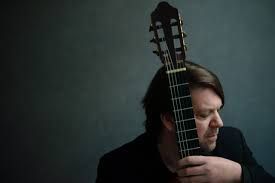
Preludium - Begin (Again).
Duration: ca. 3min
Allamende - Lachenmann / Schoenberg / Bach
Duration: ca. 2 min
Chorale - Es gibt wahrscheinlich keinen Gott, aber die Welt ist trotzdem schön Duration: ca. 3 min
Sarabande - Vampires
Duration: ca. 2 min
Intermezzo - Ghosts
Duration: ca. 4 min
Passacaille - what you see is all there is
Duration: ca. 4 min
Preludium - Begin (Again) features the well known rhythmic profile of the fugue BWV 1001 (which itself actually comes from the 1st violin sonata). There are 4 voices which climb at different rates to an apex, which is then turned around, falling down to the lowest note on the guitar. At the end, a ghost of BMV998 is heard softly, in touch harmonics, and incomplete. This theme shows up throughout the suite.
Allemande - Lachenmann / Schoenberg / Bach is a coexistence of variations on quotes from German composers whom I have admired: Helmut Lachenmann, Arnold Schoenberg, and JS Bach:
- The Lachenman quote is the repeated high ostinato, which is homage to the high repetitive writing in Ein Kinderspeil
- Schoenberg quote is his tone row from opus 31
- Bach quote is derived from BMV998
Chorale: Es gibt wahrscheinlich keinen Gott, aber die Welt ist trotzdem schön
This chordal movement’s lowest voice is inspired by BWV998, as well as Rob MacDonald’s own arrangement of Gottes Zeit ist die allerbeste Zeit. It is in a diatonic and perhaps Renaissance-like sound world, in high contrast to the chromatic sound world of the Allemande. It blends chorale-like harmonies with virtuosic runs, with the middle section in a contrasting rhythmic texture.
Sarabande - Vampire
This is in a sarabande meter, but that’s pretty much where the resemblance to a baroque sarabande ends. Vampire is of course a nod to Tristan Murial’s electric guitar solo of the same name. Motifs from Allemande are presented throughout, as well as a charming C F C chord progression, perhaps a nod to composer Max Richter.
Intermezzo - Ghosts weaves a counterpoint of 2 Bach fragments, with E’s standing in for Cs sometimes (as a harmonic series substitution) The other harmonics in tremolo sections form a counterpoint. The path of the piece is chosen partly by the performer: It flows on a linear path through 16 measures: A through P. Within each letter, the performer may flow between three variations, in any order. Each rehearsal letter must have at least one measure played, but up to 6 may be played.
Passacaille - what you see is all there is is bookended by a day-dreaming drop-C passage with 2 things happening simultaneously - one is more or less a direct, if frequency interrupted, quote from the lute suite 998, and the other is a progression of open string harmonics following 1st, 2nd and 3rd partials (a relationship found through work). The harmonics are a nod to my first guitar solo work full circle. I don’t think of this as a ‘real’ passacaille but it does have a recurring rhythmic pattern, so maybe it is indeed ‘real’. Someone else can decide. I just like the name, and after all, this piece is all about myth, not fact.
